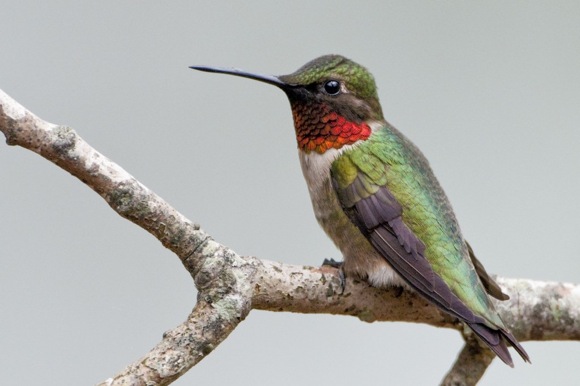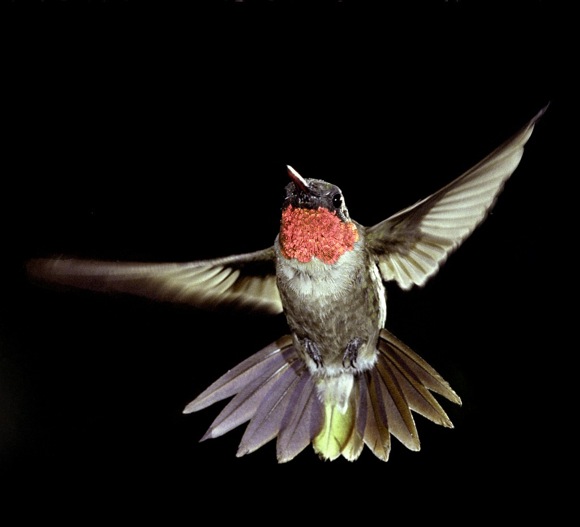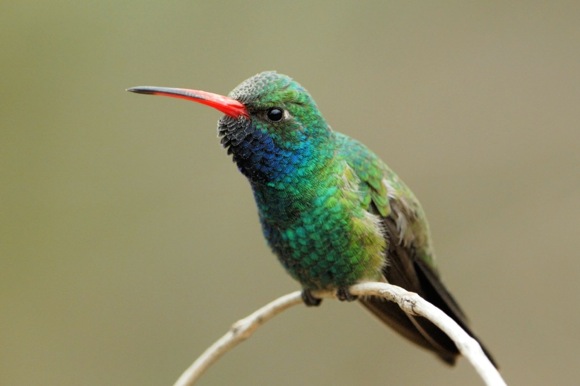As flowers bloom earlier because of warming temperatures, the impact on hummingbirds which rely on nectar could be severe. The National Audubon Society has launched a new Citizen Science project to document hummingbird sightings across the country, using a free mobile app that identifies bird species as well as the plants that feed them. Hummingbirds at Home will welcome observations from March to June each spring. The project joins Audubon’s Christmas Bird Count and the Great Backyard Bird Count as part of a plan to grow Citizen Science programs year-round, and entice young people and non-birders to become stewards for nature.

“Every year, many hummingbird species make a remarkable journey north during springtime,” said Dr. Gary Langham, Chief Scientist for Audubon; “but will their arrival time be in sync with the blossoms?” Dr. Langham says the new research will help Audubon focus its conservation efforts on where birds are most affected. Data will be shared with the Pollinator Partnership who note that pollinators such as birds, bees and bats “are responsible for bringing us one out of every three bites of food.”

Participants can get involved year round by making recommended changes to their local hummingbird habitats, plus take steps to stem the impact of Climate Change. “Increasingly people are seeing the impact of Climate Change in their own backyards, from early blossoms to extreme weather,” said Dr. Langham; “This is a fun, family-friendly citizen science project that works in the classroom or in the kitchen.”

Find out more and download the app at www.humingbirdsathome.org
See also how to create a healthy backyard and info on hummingbird feeders.
Hummingbird Facts
Hummingbirds are the smallest of all birds, measuring between 2-8 inches in length.
A newborn hummingbird is about the size of a honeybee, an egg, the size of a small bean.
There are about 340 species of hummingbirds in the world, all in the western hemisphere.
Only the Ruby-throated Hummingbird breeds east of the Mississippi River.
Ruby-throats fly non-stop across the Gulf of Mexico – 500+ miles.
Ruby-throat beats its wings 40-80 times a second, and maintains an average flight speed of 30 mph. Escape speeds can reach 50 mph.
Hummingbirds are the only species of birds that can truly fly backwards.
Igor Sikorsky considered the exceptional hovering ability of hummingbirds when developing his pioneering designs for helicopters.
Hovering is the most metabolically expensive form of flight because of the energy consumed. A hummingbird has the highest measured rate of aerobic metabolism of any living thing.
Birds of all sizes have a more efficient respiratory system than humans, because oxygen runs through their entire system of auxiliary air sacs that maintains a constant flow to the lungs.
Hummingbird body temperature ranges from 105°- 108°F
A hummingbird lives a relatively short life of great intensity (9 years,) while large creatures that move slowly (elephants, whales) live longer (60 years for wild elephant.)
Eighty percent (80%) of all birds, including hummingbirds, will not live to see their first birthday.
More hummingbird pics thanks to Bill Stripling














